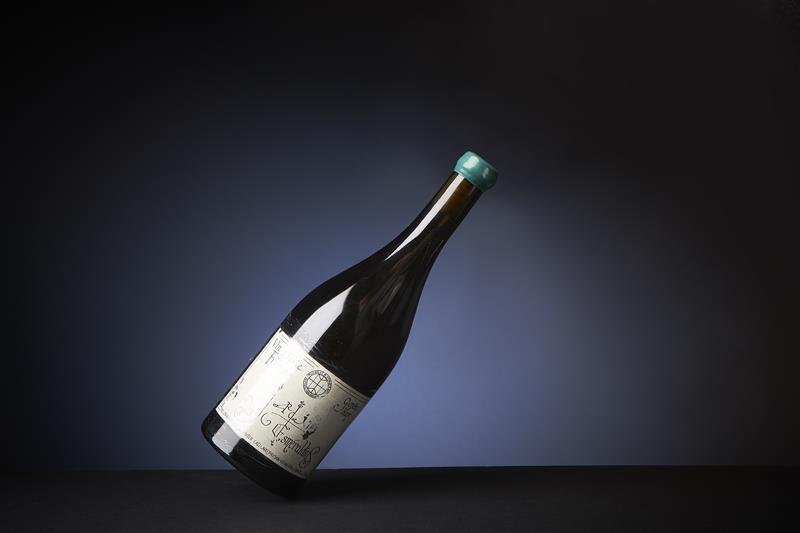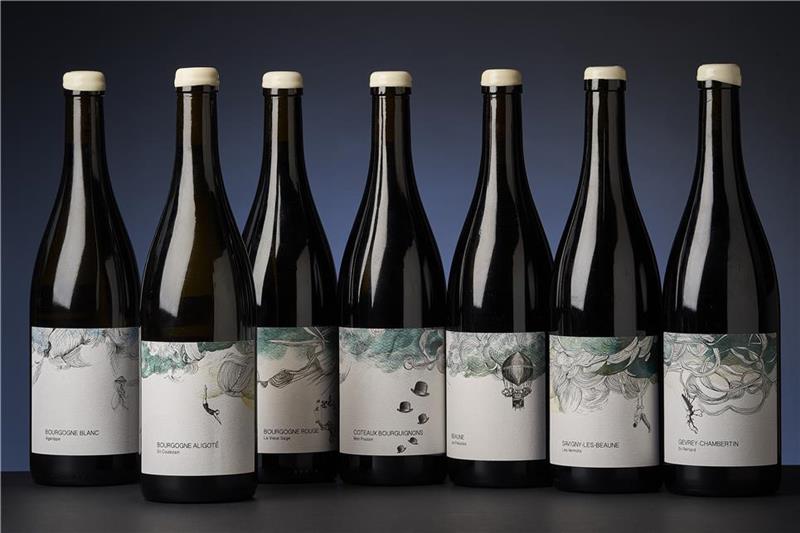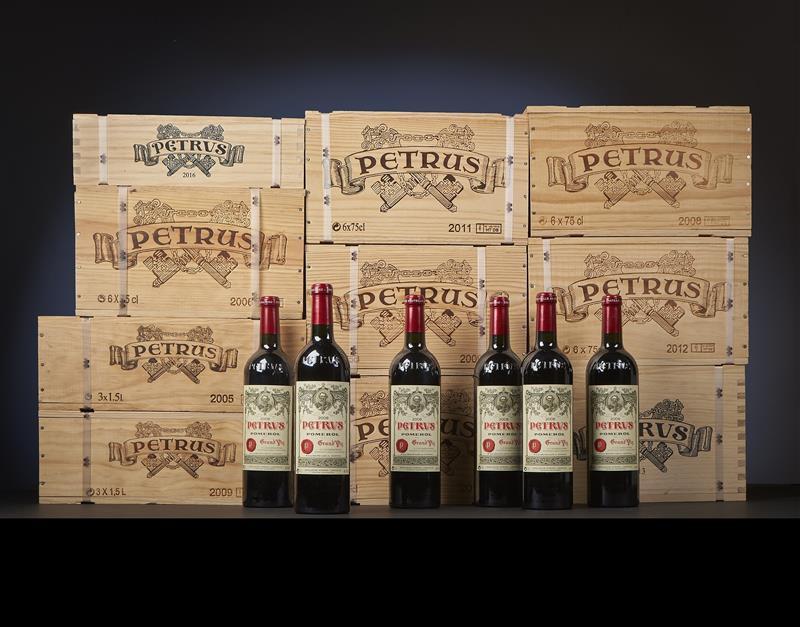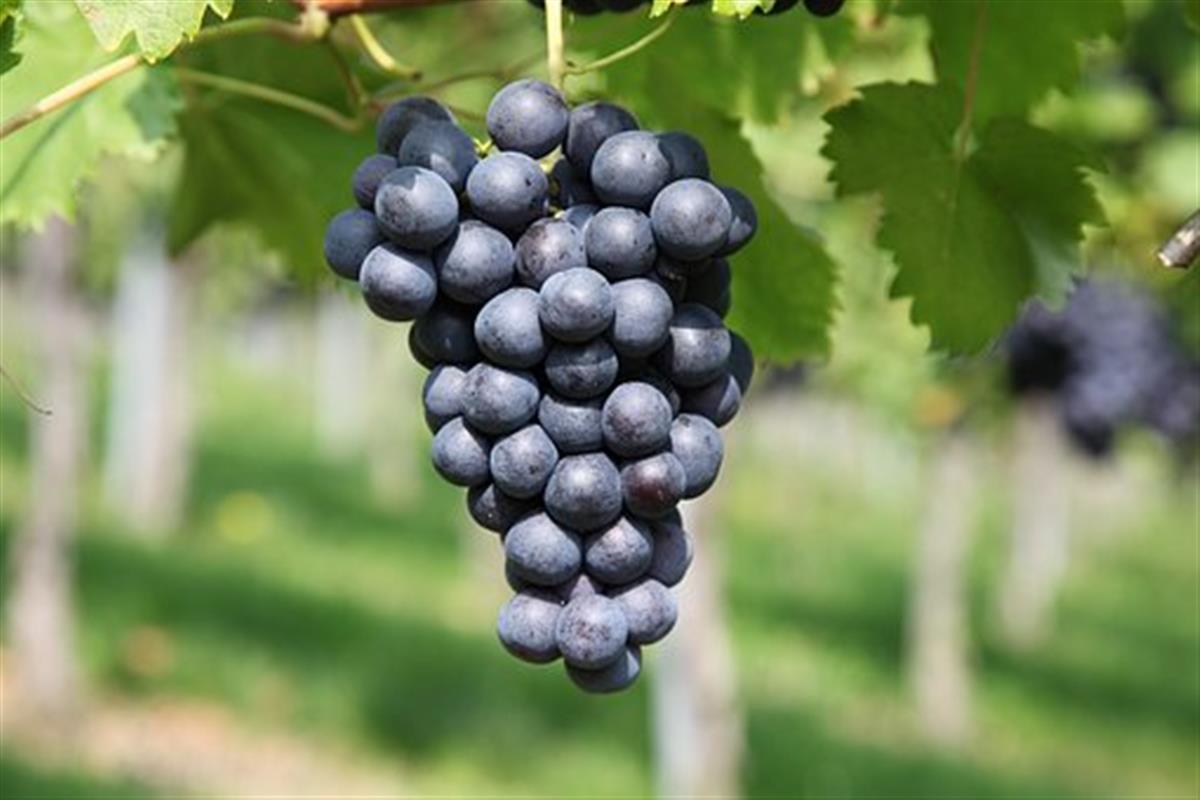VAT
CALCULATING VAT
Value added tax (VAT) is payable on all purchases of goods and services intended for a destination in the European Union. VAT is a percentage payable on the purchase amount. Within the European Union, the rate of VAT varies from country to country.
The intention is that tax is only levied once on a product or service. This creates two types of lots at auction:
- lots where VAT has already been paid on the wine in the past (margin lots) and
- lots where the VAT is yet to be paid on the wine (VAT-registered lots).
You can see the difference between the two types of lots in the catalogue. VAT-registered lots have the word ‘VAT’ written next to the lot number. Margin lots have nothing noted next to the lot number. The differences lead to different costs on your invoice.
Below we first describe how VAT works and then the effect for companies within the European Union and exports outside the European Union.

1.0 MARGIN LOTS
Most of the lots at auction are margin lots. You do not need to pay VAT on the wine, but VAT is still due on the buyer’s premium. This tax has always the Belgian VAT rate. See the below example:
Given: 19% buyer’s premium and 21% Belgian VAT rate
Suppose you buy a margin lot with a hammer price of €100.00, the buyer’s premium will be €19.00.
You pay €100.00 (hammer price) + (€19.00 (buyer’s premium) x 1.21). This totals €122.99.
Explanation of margin lots
You could also write the calculation like this:
€100.00 (hammer price) + €19.00 (buyer’s premium) + €3.99 (21% Belgian VAT on the buyer’s premium) = €122.99
Invoices for margin lots do not detail the VAT on buyer’s commission, for private individuals or companies. If it would be stated, then it would be eligible for deduction or shifting from a tax return and this is not allowed. The VAT must be paid in Belgium.
You also pay Belgian VAT on your shipping charges and your insurance and this VAT is also not specified on your invoice.
2.0 VAT-REGISTERED LOTS
Below is an example of the price calculation of a VAT-registered lot that is shipped to Belgium.
Given: 19% buyer’s commission and 21 Belgian VAT rate
Suppose you buy a VAT-registered lot with a hammer price of €100.00, the buyer’s premium is €19.00. The VAT due on lot is €21.00.
You pay €100.00 (hammer price) + €21.00 (VAT on hammer price) + €22.99 (buyer’s premium including VAT). This totals €143.99.

Explanation of VAT-registered lots
You could also write this example differently:
€100.00 (hammer price) + €21.00 (21% Belgian VAT on the hammer price) + €19.00 (buyer’s premium) + €3.99 (21% Belgian VAT on buyer’s premium) = €143.99.
In this instance, the VAT amounts are stated on the invoice.
The VAT rate applied is always that of the country of destination within the European Union. If the wine goes to a country other than Belgium, a different VAT percentage must be charged. At the bottom of this page you will find the VAT rates that apply in the 27 countries of the European Union.
When private individuals in the European Union purchase a VAT-registered lot, they receive a separate invoice. On this invoice all costs, such as shipping charges and your all-risk insurance, not just the wine and buyer’s premium, are subject to VAT.
Proof of export is always required for the export of VAT-registered lots outside Belgium. For this reason, you cannot personally collect VAT-registered lots at the counter, unless you have an excise tax registration in the European Union and the wine travels accompanied by the correct excise documents.

Purchases of VAT-registered lots by companies form the European Union
Belgian companies (with a delivery address for their purchases in Belgium) will find the VAT itemized on their invoice and they can deduct the VAT from their tax return.
Companies with an excise tax registration in the European Union with a destined country outside Belgium are allowed to reverse VAT. This means that if the wine is resold for consumption within the European Union, the VAT must be included on the invoice at point of sale. We are talking about an intra-Community supply here, (article 138 VAT Directive 2006/112/EC).
Companies from the European Union without an excise tax registration are not allowed to buy wine as a company in another European country. They may purchase wine as an individual.
Purchases with a delivery destination outside the EU
When you have your wine shipped to a destination outside the EU, you will receive an invoice that is completely free from the payment of VAT (article 146 VAT Directive 2006/112/EC). Your exemption from VAT also applies to EU environmental taxes and excise duties.
You benefit from these exemptions under one condition: we must have proof of export from the carrier. Sylvie’s arranges an eAD for this, and the carrier uses this document to draw up an export document. This export document is the legally valid proof of export.

If you choose your own carrier who cannot prepare an export document, you will still receive an invoice with VAT from us. You can only reclaim the VAT specified on your invoice from customs when leaving the EU. Refunds are possible within 3 months after the month in which your invoice was issued.
To make use of the VAT reverse charge (article 138 VAT Directive 2006/112/EC) or to be exempt from VAT (article 146 VAT Directive 2006/112/EC), specific proof of export must be submitted to the tax authorities.
This web page is an integral part of our terms and conditions of sale.
Last updated: 8th April 2024